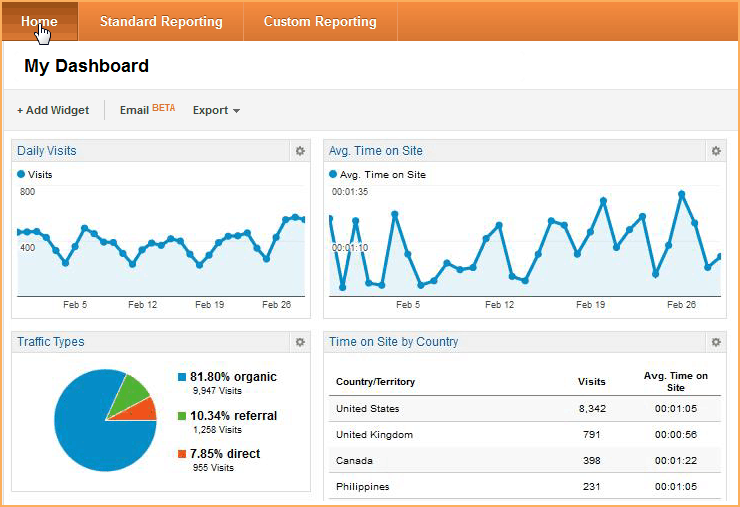This is the biggest hurdle for just about every entrepreneur. Sure, there are a few shooting stars that never worship at the corporate alter but most of us have been lured in by a desire for security and the perceived need to develop experience through resume building gigs that eventually find us chained to someone else’s dreams.
As such, young entrepreneurs walk a tightrope between developing their own business while continuing to be productive at their full-time job and vacillating back and forth about what they need to make the leap out of the cubicle and into their own dream.
There are three options for leaving your job and trading in your wantrepreneur status for entrepreneur status:
1. The Partner Path: Develop an idea and then bring in a partner and/or team to help you pitch your idea to an incubator (Y-combinator, TechStars, Highland, Excelerate, etc); use the funding and expertise to quickly grow and mature your business.
2. The Risky Route: Decide that you are going to throw caution to the wind and take a gamble on an idea before it is a business or has built any traction. While many have made this work, it is definitely a scary approach that may have force you into making some bad decisions down the road.
3. The Risk Averse Path: This is the path I chose; I built my side hustle/passion project on the side while continuing to work my full-time job. This approach allowed me to develop my confidence and my bank balance simultaneously. It’s takes a bit longer but is the safest route and I believe the smartest route.
So, what does it take to turn-in your company-issued badge and start living your dream and how will you know when you have it? These are the steps I took down the Risk Averse Path to entrepreneur status:
 Set a Risk Averse Goal
Set a Risk Averse Goal
Being “risk averse” is just another way of saying that I love feeling safe and secure; in business, this allows you to focus on providing value instead of extracting value. Quitting your job without a clear plan puts you in the position of operating from fear; like a wild animal backed into a corner, you will do whatever it takes to survive. This might work in the short-term but doesn’t usually pan out over the long-haul. You end-up taking on any project that pays and run the risk of being more miserable at your company than you were at someone else’s; your clients will feel that and quickly move on.
Before quitting your job, test out multiple ways of generating revenue streams and see what works. Once you have chosen one or two, validate those actions by pouring in as much resources (time/money) as possible. Use the results of this effort to develop a risk averse goal; one that fills you with passion and supplies confidence in your ability to provide for yourself.
Goal-making doesn’t stop after you quit your job; in fact, that is when it really gets serious. I set my goals at the beginning of every year using a strategy I learned from one of my many fabulous mentors, Matthew Michalewicz. In his book, Life in Half a Second, he explains how create a goal pyramid. In short, you identify a top goal and then develop the smaller, supporting goals that are necessary to achieve the top goal.
Keeping your goals at the forefront is crucial to success. I recommend carrying your goals with you or displaying them where you will see them every day. This constant reminder is a great stimulus for staying focused.
Futureme.org is an awesome tool I use to provide an added boost of motivation. The site allows you to write an email to your future self and choose the date it will be delivered. Write a quick note to the-you-six-months-from-now that talks about all of the awesome things you planned to accomplish. Just knowing that this email is coming is an absolute mental game changer.

 Create a Plan
Create a Plan
This is where you will work out the details of your business and your goal. In this step, the money question is foremost. How much money does the business need to be earning before I can quit my job? Since I was working a risk-averse plan, I determined that I would not quit my job until the business could replace my current income. Furthermore, to ensure that I could continue to operate from a place of providing value instead of extracting value, I also determined that I needed to have a minimum of six months’ worth of living expenses in my financial cushion.
This financial breathing room gives you the confidence to work on your business and take on the projects that are right for you. Not to mention, it can be a lifesaver if you hit a bump in the road (which is sure to happen).
Your plan should also include clear definition of your business model. For example, Foundr is a subscription-based business model. This worked best for me because it provides a predictable income from month-to-month. The basis of which is: continue to provide an excellent value and we will not only keep our current customers but also grow our customer base. We continue to experience steady growth at Foundr because we continuously exceed our community’s expectations.
 Form a Consistent Habit
Form a Consistent Habit
Determine that you are going to work on your business every day for at least 30 minutes. This exercise will develop into a habit which will be extremely useful when you are on you own. Additionally, the 30 minutes you spend each day should focus on the two aspects of business development that are most vital to your growth: product development and marketing.
These 30 minutes should not be spent changing your website or posting on Facebook; instead, they should be spent on activities that are truly going to move the needle.
A great example of this type of work is our recently launched Instagram Domination product. We developed a clear path for the launch that included definition of each of the discrete steps necessary for success. The completion of each step had “needle-moving” results. With a clear plan established, we dedicated our time to completing each of these steps and as a result our launch was beautiful.
 Be Patient
Be Patient
There are a few businesses out there that started quickly and became overnight successes (very few); however, the real danger here is that these companies often fizzle-out just as quickly as they started because they have no backbone.
Be prepared to stick with your goal for the long haul. Don’t expect to start a business one month and quit your job the next. Focus on implementing tools that track your success so that you can accurately gauge the value of your actions. We use Google Analytics to track our monetary goals for the site, traffic, and revenue from Foundr magazine subscriptions.
As we discussed earlier, it is crucial for your goals to be measurable; just as important is the implementation of a tool to capture those results so that you can translate them into meaningful, actionable data.
There are a ton of things that went into my decision to leave my job and focus on building Foundr. In addition to the points we covered, there was just an innate feeling that the timing was right. I had been working on Foundr in my off-hours for a full year while balancing the demands of my job. When I finally decided to make the leap I did so with the unexpected blessing of the CEO of the company. He actually told me that he knew I was going to make it but that if I ever needed my job back it would be waiting for me….what a confidence boost!
It has been nearly a year and I don’t foresee ever returning to that lifestyle. I no longer feel that I need to rely on someone else for a steady paycheck. Instead, I rely on myself and my team to allow me to continue to live my dream.
Making the leap isn’t easy and neither is running your own successful business. Taking positive steps toward your goal, each and every day, all but guarantees that you will reach your dream of successful entrepreneurship.
























